
Home - UNESCO World Heritage Sites - 7 Hidden UNESCO World Heritage Sites in Europe
If you click on links we provide, we may receive compensation.
Europe is home to some of the world’s most iconic landmarks—but beyond the Eiffel Tower and Colosseum lie lesser-known treasures that whisper stories of ancient civilizations, natural wonders, and cultural resilience. In this post, we journey through seven hidden UNESCO World Heritage Sites that span from the sculptural genius of Brâncuși in Romania to the serene wilderness of Russia’s Kenozero Lake. These sites may not top every travel itinerary, but they offer unforgettable experiences for those willing to explore beyond the obvious.
If you love art and history, the Brâncuși Monumental Ensemble is a must-see. This site is a tribute to the genius of Constantin Brâncuși, one of the most influential sculptors of the 20th century. You’ll be captivated by his striking works, like the Endless Column, which seems to stretch toward the heavens. The ensemble is not just art; it’s a journey into Romania’s soul and a celebration of peace. Strolling through the park, you’ll feel the calm and contemplative atmosphere that Brâncuși so masterfully created. It’s a peaceful yet powerful experience.
Craiova Airport (CRA) is the nearest, about a 2-hour drive away.
The Romanian Leu (RON) is used, and cash is preferred in smaller towns.
Romanian is spoken, but English is commonly understood in tourist areas.
Visit in late spring or early autumn for mild weather.
Address: Calea Eroilor, Târgu Jiu, Romania
Another UNESCO World Heritage Site In Europe is Dacia. Dacia, the ancient region that is now modern-day Romania, is steeped in rich history and rugged landscapes. You’ll love exploring the ancient ruins, including the remnants of Dacian fortresses and temples, all set against a backdrop of stunning Carpathian mountains. It’s a fantastic destination for history buffs and nature enthusiasts alike.
Vjetrenica Cave in Bosnia and Herzegovina is a stunning underground world with fascinating limestone formations and an impressive array of cave fauna. You’ll be captivated by the labyrinth of passages, underground rivers, and the unique ecosystem thriving within this extensive cave system. It’s an incredible spot for cave enthusiasts and anyone looking to explore a natural wonder.
Dubrovnik Airport (DBV) in Croatia is the closest, about a 1.5-hour drive away. From there, it’s an easy trip across the border.
The currency is the Bosnia and Herzegovina Convertible Mark (BAM). Cash is preferred in small towns, but credit cards are accepted in most places.
Bosnian is spoken, but many people, especially in tourism, understand English.
Spring (April to June) or early autumn (September to October) is ideal, with mild weather and fewer tourists.
If you find yourself in Dubrovnik, you’re in luck. The Vjetrenica Cave is a perfect day trip!
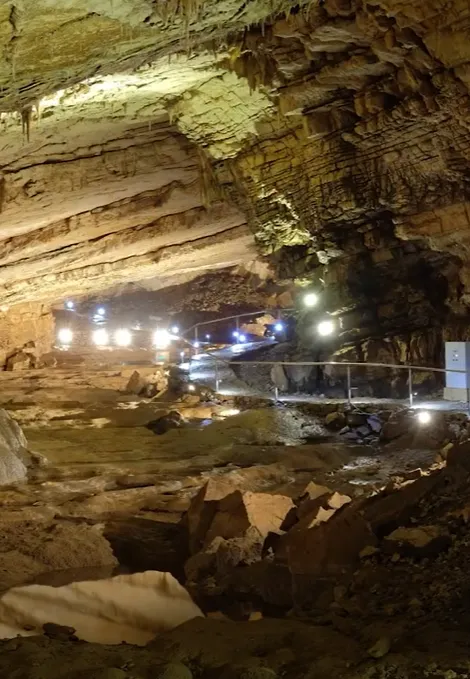
Hidden UNESCO World Heritage Sites in Europe and the USA! These settlements are like stepping back in time to a place where community, faith, and simplicity were at the heart of life. You’ll be charmed by the well-preserved buildings, with their distinctive architecture and peaceful surroundings. Each settlement has its own story, but they all share a deep sense of history and spirituality. It’s a unique experience to walk the same streets where the Moravian community lived, worked, and worshiped. The sense of tranquility and purpose in these places is almost palpable. It’s an inspiring journey through a lesser-known chapter of history.
Additions to UNESCO’s previously recognized Moravian Church Settlements are for example Herrnhut (Germany), Bethlehem (United States of America), and Gracehill (United Kingdom of Great Britain and Northern Ireland).
Nearest Airports:
Local currencies vary (DKK, EUR, GBP, USD), and cards are widely accepted.
English is spoken in the UK and USA; in Denmark and Germany, English is widely understood.
Spring and summer for all locations, when the weather is pleasant.
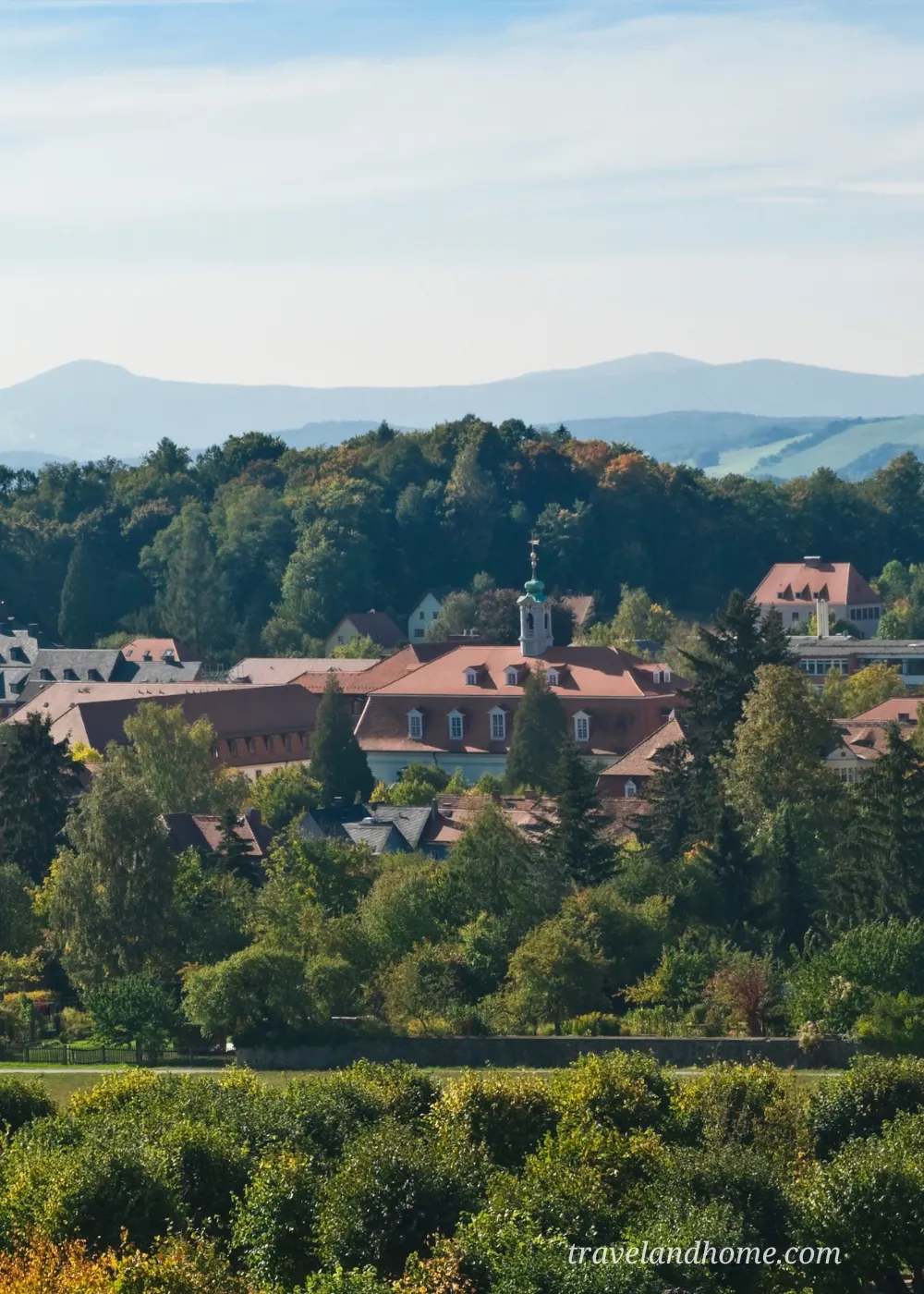
The Flow Country is like stepping into a different world with its vast, untouched blanket bogs. It’s one of the world’s most important carbon sinks, playing a crucial role in the fight against climate change. Walking here, you’ll feel the immense serenity of the landscape, dotted with pools, heather, and rare wildlife. It’s a haven for nature lovers, offering a unique look at one of the planet’s most vital ecosystems. The sense of peace and the sheer scale of the bogs will leave you in awe. Don’t miss the chance to explore this hidden gem of the UK.
Inverness Airport (INV) is the closest, about a 2-hour drive.
The British Pound (GBP) is used, and credit/debit cards are widely accepted.
English is the local language, so you’re all set!
Summer, when the peatlands are most accessible and the weather is mild.
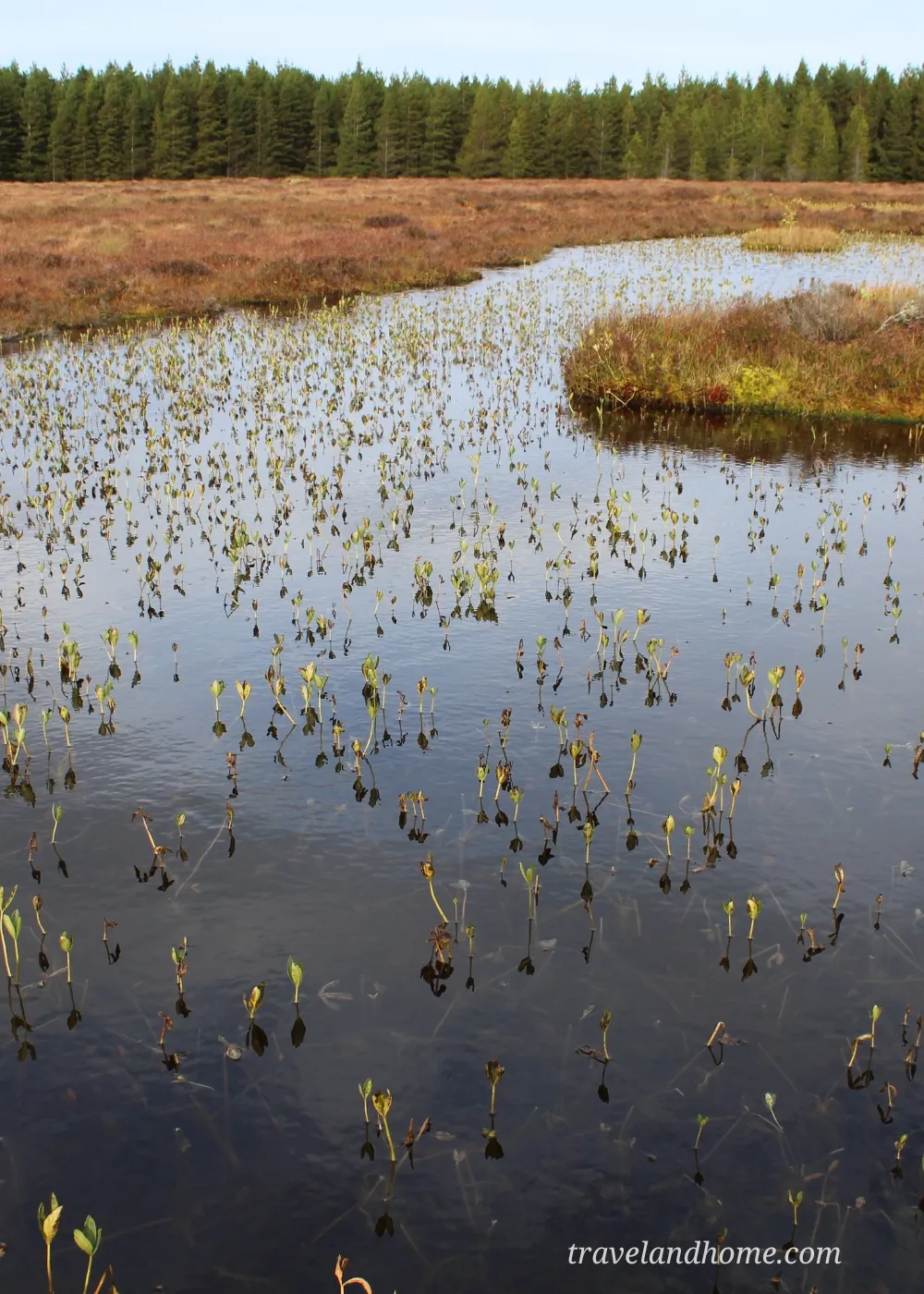
The Via Appia in Italy is a walk through history, as one of the oldest and most important Roman roads still preserved today. You’ll be enchanted by the ancient ruins, old tombs, and the serene countryside that lines this iconic path. It’s a fantastic way to connect with the past while enjoying a peaceful and scenic journey through Italy’s heartland.
Rome’s Leonardo da Vinci-Fiumicino Airport (FCO).
Euro (EUR), with cards widely accepted.
Italian is spoken, but English is commonly understood in tourist areas.
Spring (April to June) or autumn (September to October) for pleasant weather.
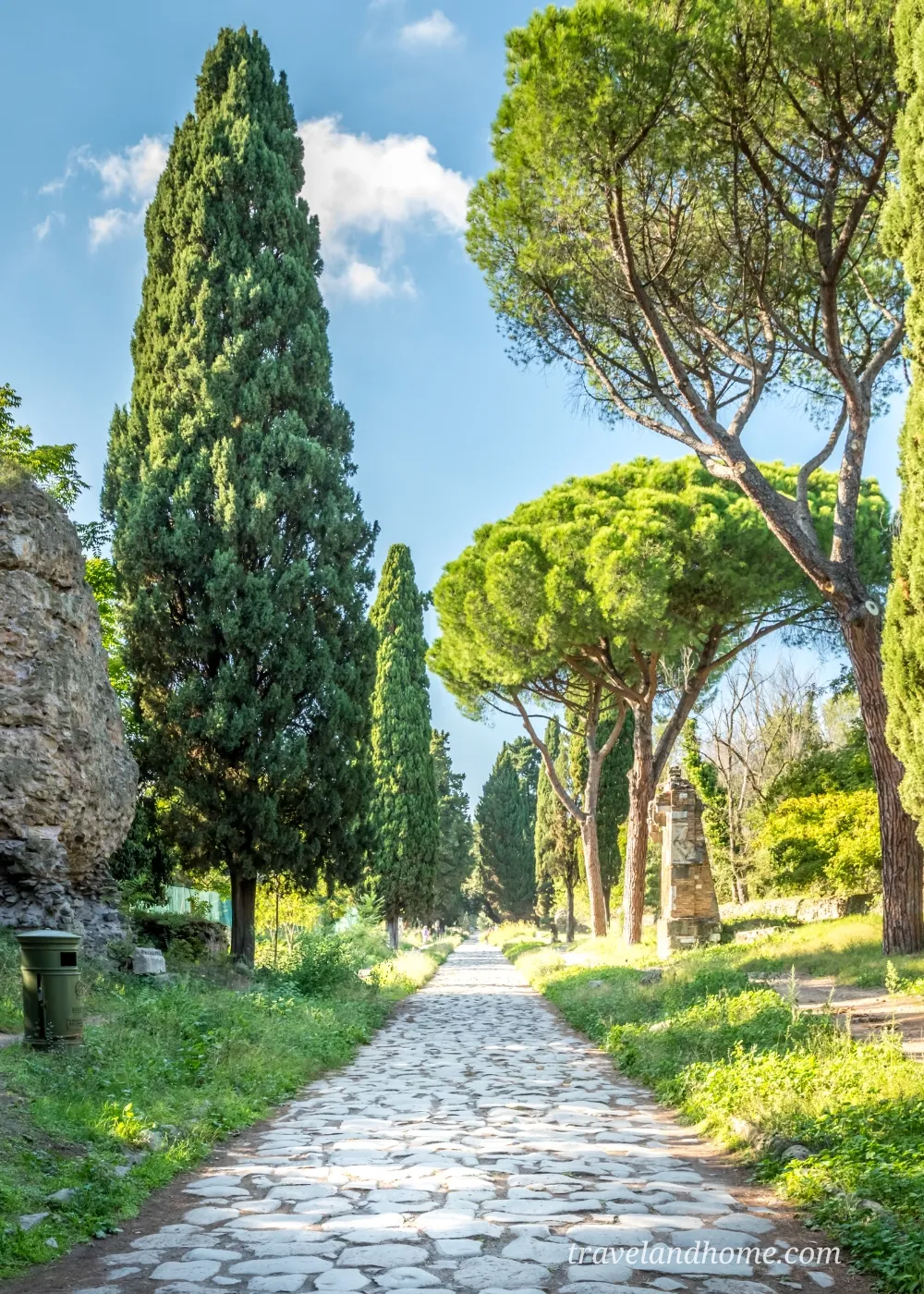
Our “Hidden UNESCO World Heritage Sites In Europe” includes Russia. In terms of vacations and exploring Russia, we include the country in our European UNESCO bucket list.
Russia is a transcontinental country, situated in both Europe and Asia, with the Ural Mountains traditionally regarded as the geographical boundary between the two continents. While the majority of the country’s landmass (approximately 77%) lies in Asia, Russia’s population, including the capital Moscow, is concentrated in its European portion (about 23%).
Kenozero Lake in Russia is a hidden gem with pristine waters, surrounded by untouched forests and charming wooden chapels. You’ll love the peace and quiet, the stunning reflections on the lake, and the chance to connect with nature. It’s the perfect spot for a tranquil retreat and some unforgettable moments in the great outdoors.
The closest major airport is Pulkovo Airport (LED) in Saint Petersburg. From there, you can take a domestic flight to Arkhangelsk Airport (ARH), which is about a 5-6 hour drive to Kenozero National Park, where Kenozero Lake is located.
The currency is the Russian Ruble (RUB). Cash is preferred, especially in rural areas, though credit cards might be accepted in larger towns.
The local language is Russian. English is not widely spoken, particularly in rural areas like Kenozero, so it’s helpful to know some basic Russian phrases.
Summer (June to August) is the best time to visit, with mild weather perfect for hiking, boating, and enjoying the stunning nature around Kenozero Lake.
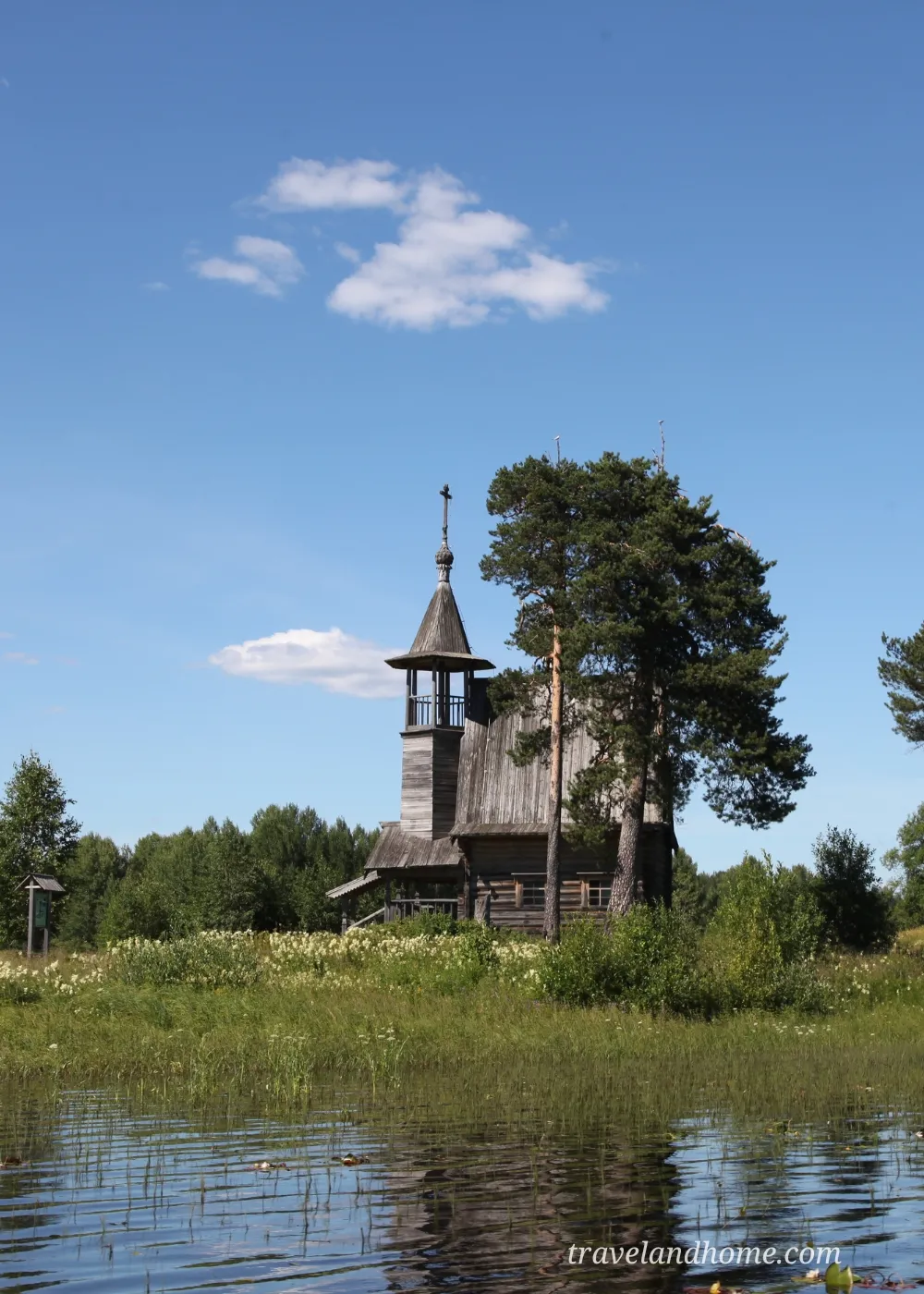
From underground marvels to spiritual settlements, these hidden UNESCO gems reveal the depth and diversity of Europe’s heritage. Whether you’re a history buff, nature lover, or curious traveler, each site invites you to see the continent through a fresh lens. Have you visited any of these places—or discovered a hidden heritage site of your own? Drop a comment below and share your thoughts or travel tips. Let’s uncover Europe’s secrets together!
Share this:
Comments